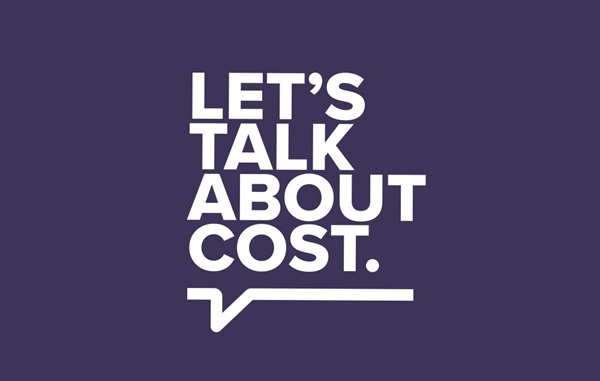Today, IQVIA released a new report, Medicine Spending and Affordability in the U.S., providing context on medicine price and spending trends and patient out-of-pocket costs. The report highlights an alarming trend where health plans increasingly use deductibles and coinsurance to shift more of the cost of care to chronically ill patients taking brand medicines. This is the opposite of how insurance is supposed to work.
Here are four things you should know about the report:
- After discounts and rebates, prices for brand prescription medicines grew just 1.7%, on average, in 2019, slower than the rate of overall inflation for the third year in a row.
- Despite medicine prices growing at the slowest rate in years, it unfortunately doesn’t feel that way for many patients who are asked to pay based on the undiscounted price of a medicine. While 90% of patients pay less than $500 out of pocket per year on their medicines, total out-of-pocket spending is heavily concentrated among a small share of patients who fill prescriptions in the deductible or are required to pay coinsurance.
- Coinsurance and deductible spending, which is typically based on a medicine’s undiscounted list price, accounts for nearly half of total patient out-of-pocket spending on all medicines, even though just 9.5% of prescriptions were filled by patients in the deductible or with coinsurance in 2019. This underscores the need to improve the predictability of costs and affordability.
- Patients exposed to high costs at the pharmacy are more likely to abandon their treatment. In 2019, nearly half of patients abandoned their newly prescribed medicine when faced with cost sharing of $125 or more. In contrast, just 6% of patients abandoned their new treatment when cost sharing was less than $10. Ensuring patients adhere to their treatment is vitally important to improving health outcomes, and cost-sharing assistance plays an important role in helping patients access the medicines they need.
Learn more at LetsTalkAboutCost.org.





